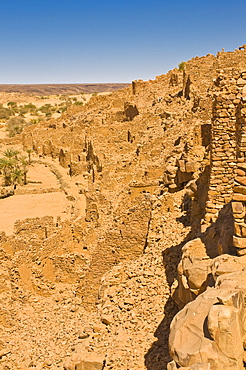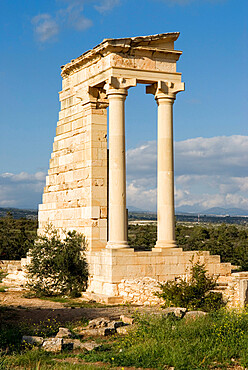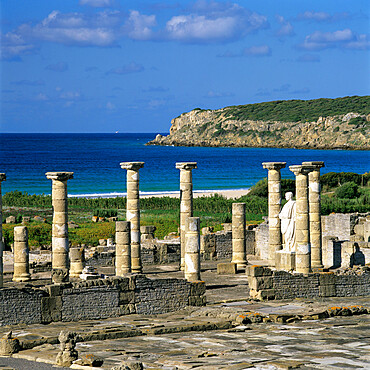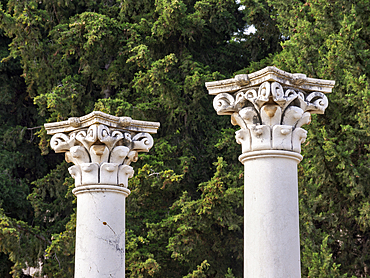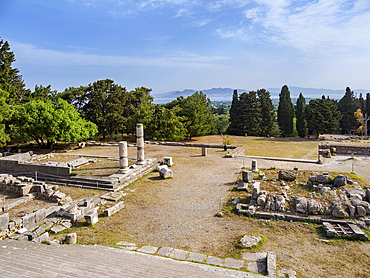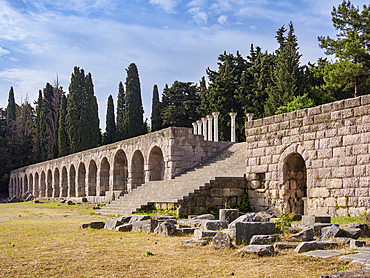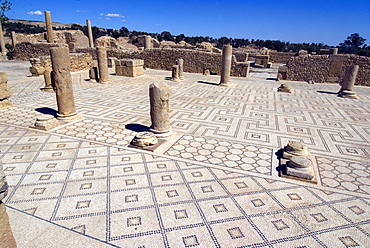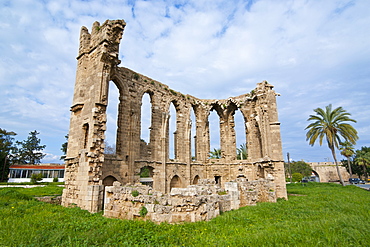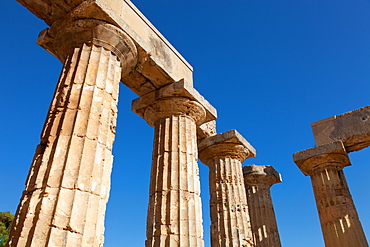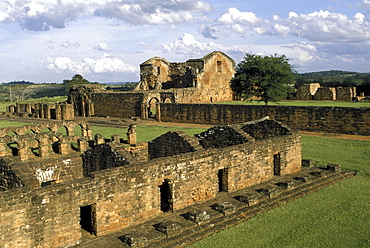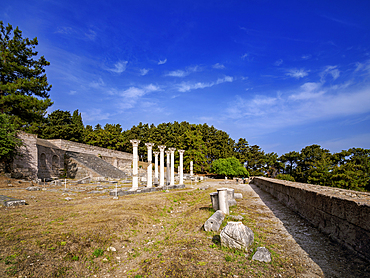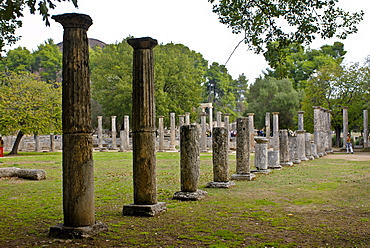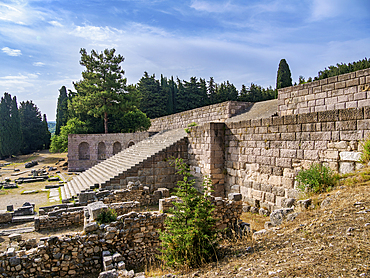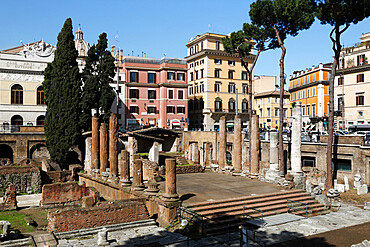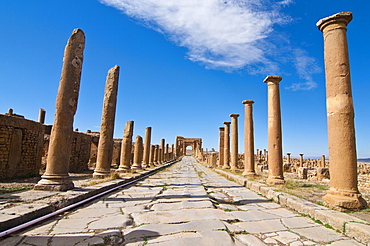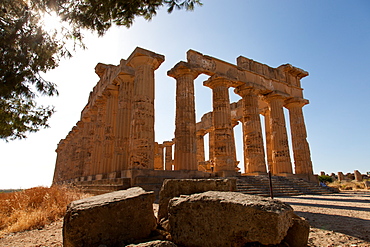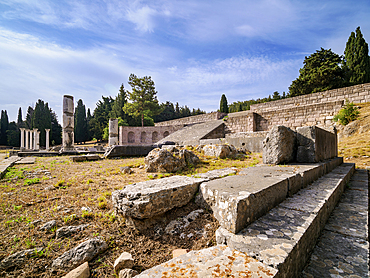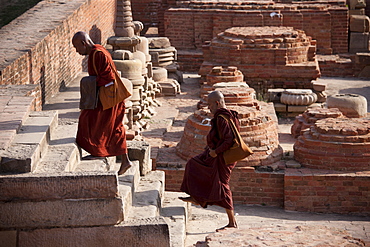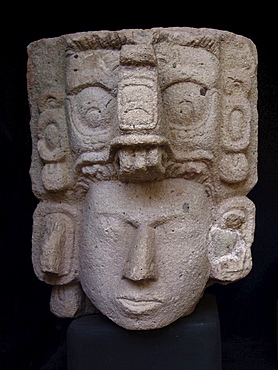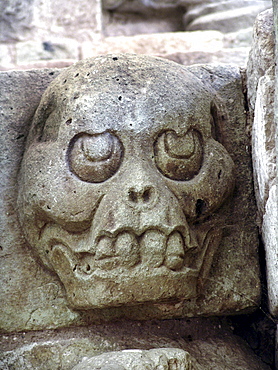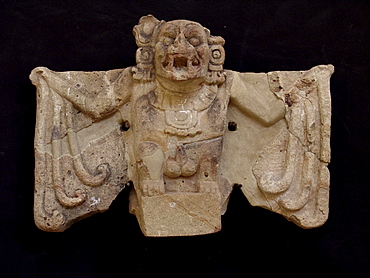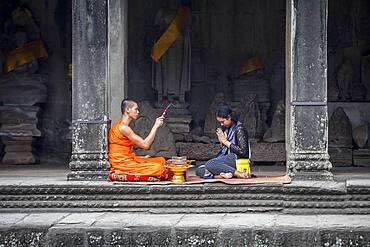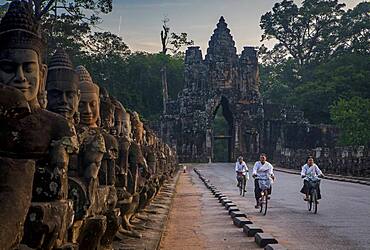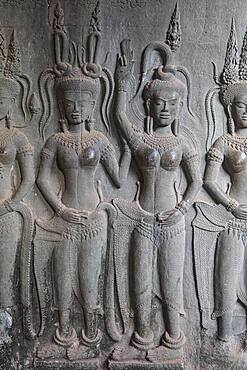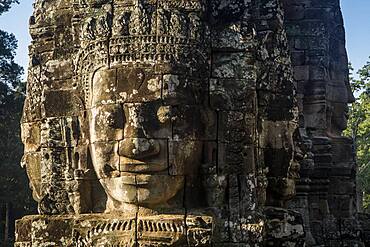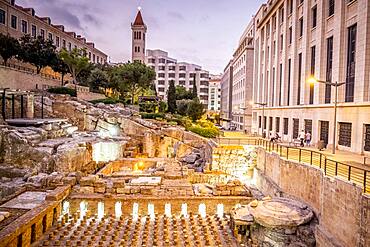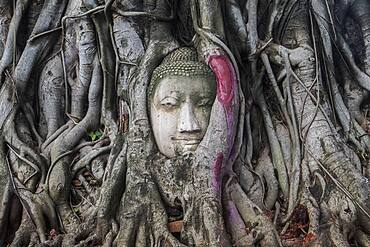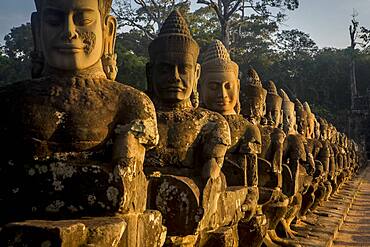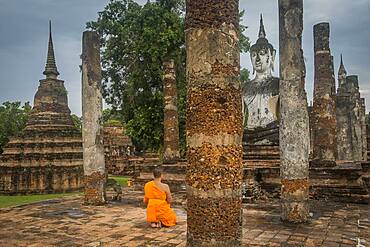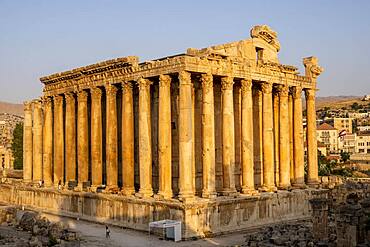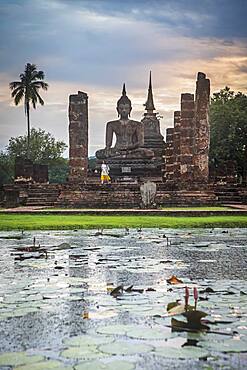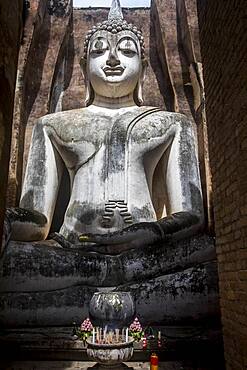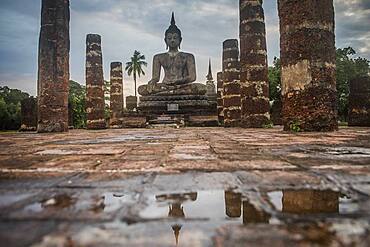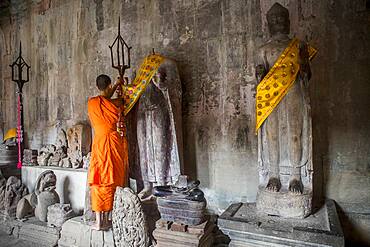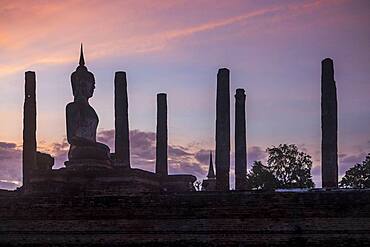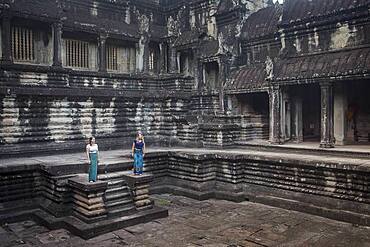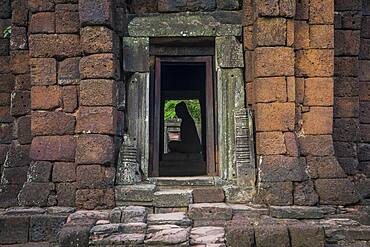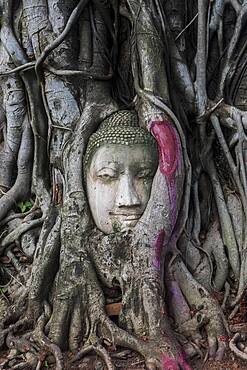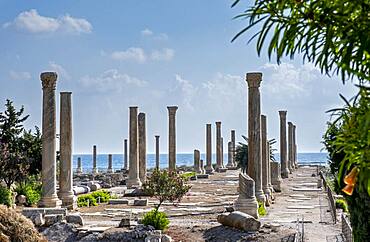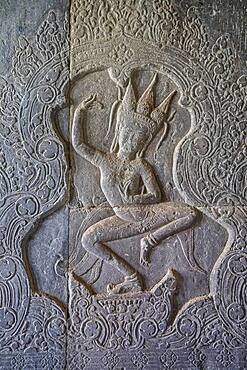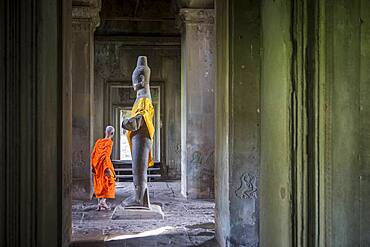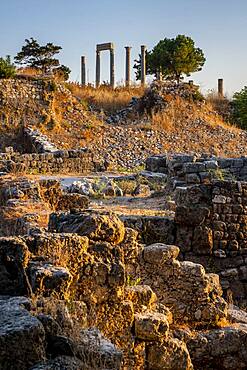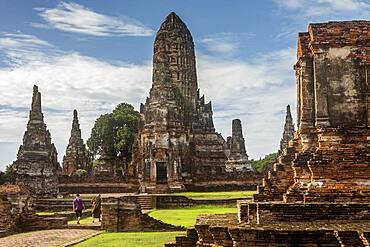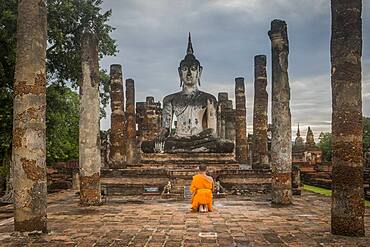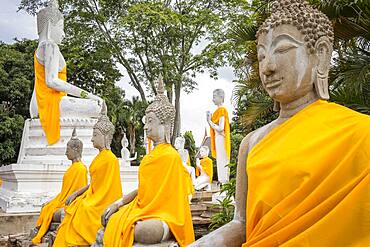Results
« Previous 1 … 15 16 17
1613 results found
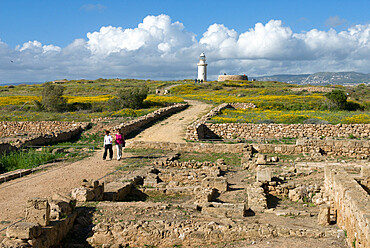
View over ruined Roman town to the lighthouse, The Agora, Archaeological Park, Paphos, UNESCO World Heritage Site, Cyprus, Europe
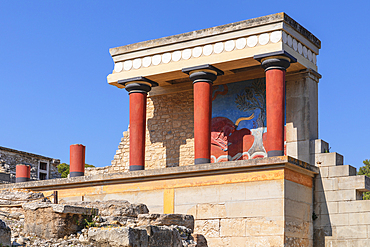
Palace of Minos, restored north entrance, ancient city of Knossos, Iraklion, Crete, Greek Islands, Greece, Europe
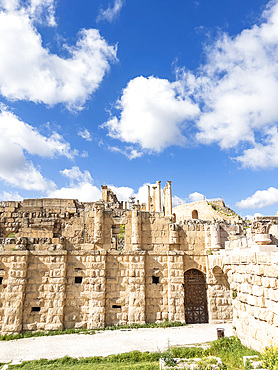
Crumbled ruins in the ancient city of Jerash, believed to have been founded in 331 BC by Alexander the Great, Jerash, Jordan, Middle East
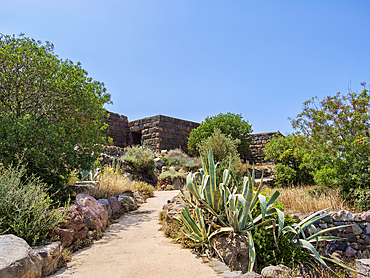
Paleokastro, Old Castle Ruins, Ancient Porphyris, Mandraki, Nisyros Island, Dodecanese, Greek Islands, Greece, Europe
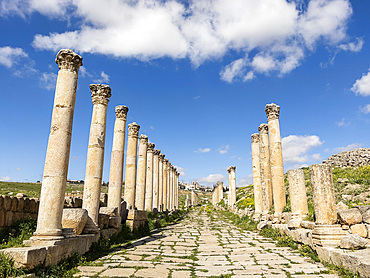
Columns in the ancient city of Jerash, believed to be founded in 331 BC by Alexander the Great, Jerash, Jordan, Middle East
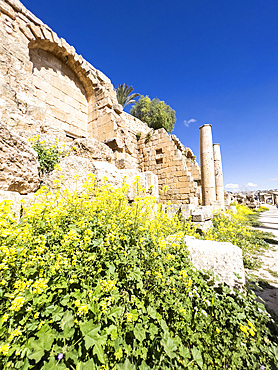
Flowers in front of columns in the ancient city of Jerash, believed to be founded in 331 BC by Alexander the Great, Jerash, Jordan, Middle East
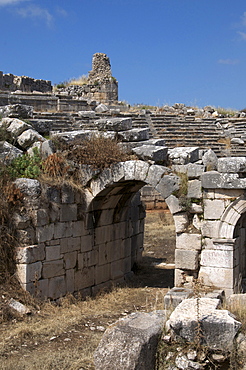
The amphitheatre at the Lycian site of Xanthos, UNESCO World Heritage Site, Antalya Province, Anatolia, Turkey, Asia Minor, Eurasia
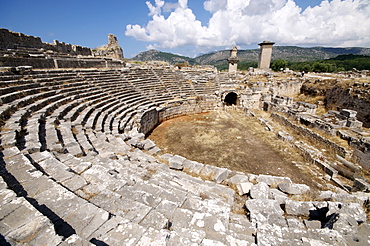
The amphitheatre at the Lycian site of Xanthos, UNESCO World Heritage Site, Antalya Province, Anatolia, Turkey, Asia Minor, Eurasia
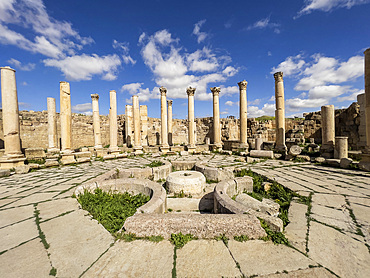
Columns in the ancient city of Jerash, believed to be founded in 331 BC by Alexander the Great, Jerash, Jordan, Middle East
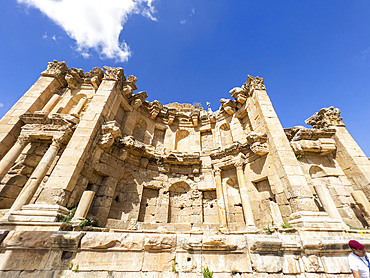
The Nymphaeum in the ancient city of Jerash, believed to be founded in 331 BC by Alexander the Great, Jerash, Jordan, Middle East
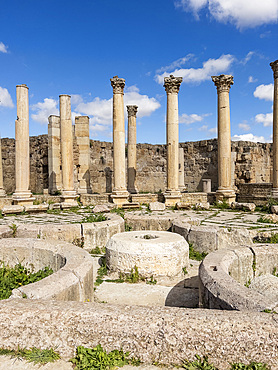
Columns in the ancient city of Jerash, believed to be founded in 331 BC by Alexander the Great, Jerash, Jordan, Middle East
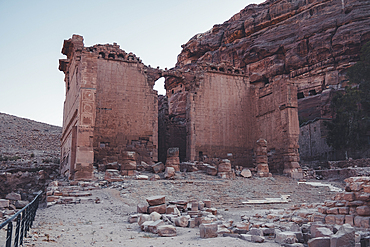
Qasr al-Bint temple inside the ancient Nabatean city, Petra, UNESCO World Heritage Site, Jordan, Middle East
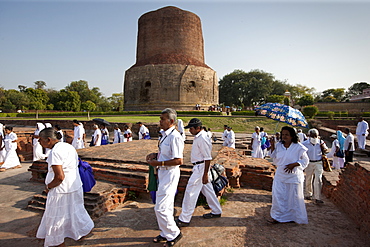
Sri Lankan Buddhist visitors at Dhamakh Stupa at Sarnath ruins near Varanasi, Benares, Northern India
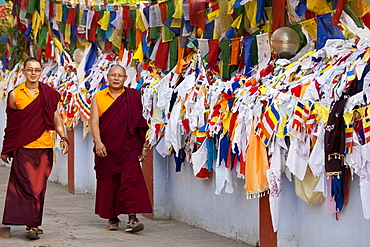
Buddhist monks pass prayer flags at Mulagandhakuti Vihara Temple at Sarnath near Varanasi, Benares, Northern India
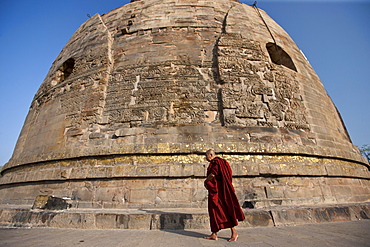
Buddhist monk praying as he walks around Dhamakh Stupa at Sarnath ruins near Varanasi, Benares, Northern India
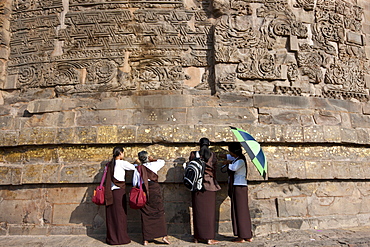
Buddhist visitors applying gold leaf as traditional offering at Dhamakh Stupa at Sarnath ruins near Varanasi, Benares, Northern India
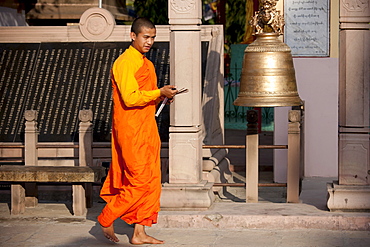
Buddhist monk at Sri Lankan Buddhist Temple, Mulagandhakuti Vihara, near Varanasi, Benares, Northern India
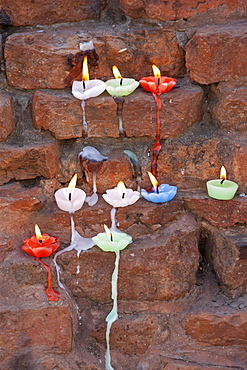
Lighted candles offering Buddhist prayers at Dharmarajika Stupa at Sarnath near Varanasi, Northern India
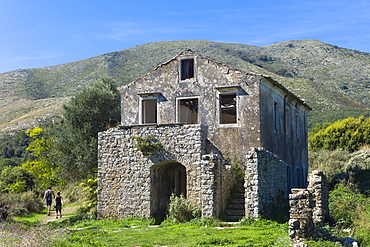
Tourists visiting Skordilis Mansion house ruin in oldest village of Corfu, ancient Old Perithia (Palea Perithea), Corfu, Greek Islands, Greece, Europe
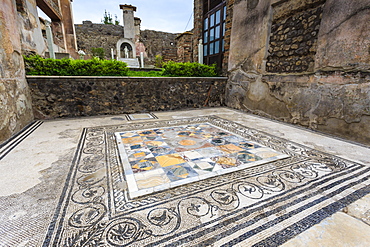
Mosaic, House of Marcus Lucretius in Via Stabiana, Roman Pompeii, UNESCO World Heritage Site, near Naples, Campania, Italy, Europe
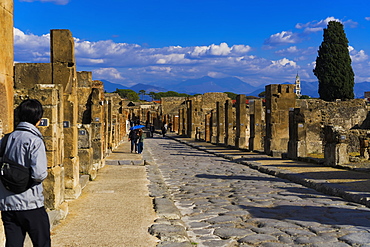
Via dell'Abbondanza, the main ancient city street with stones and house numbering, Pompeii, UNESCO World Heritage Site, Campania, Italy, Europe
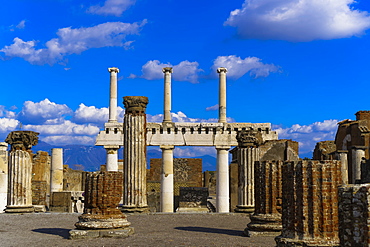
Basilica remains, ancient ruins with standing columns surrounding the Forum area, Pompeii, UNESCO World Heritage Site, Campania, Italy, Europe
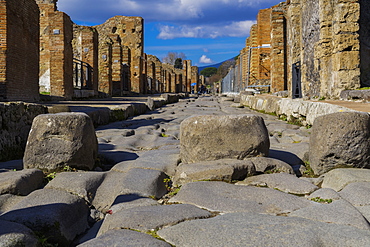
Street paved in a cobblestone fashion, the main ancient city street with stepping stones, raised blocks and houses, Pompeii, UNESCO World Heritage Site, Campania, Italy, Europe
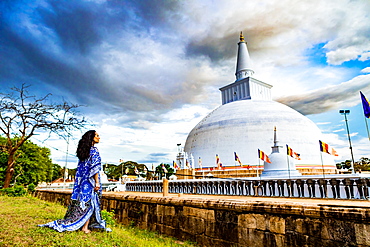
Model and Buddhist stupas in the ruins of the ancient kingdom of Sri Lanka, Anuradhapura, UNESCO World Heritage Site, Sri Lanka, Asia
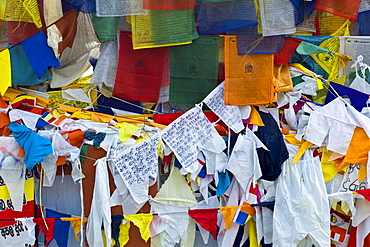
Buddhist prayer flags at Mulagandhakuti Vihara Temple at Sarnath near Varanasi, Benares, Northern India

Buddhist monk passes prayer flags at Mulagandhakuti Vihara Temple at Sarnath near Varanasi, Benares, Northern India

Aerial views of El Castillo and the Ruins of the Mayan temple grounds at Tulum, Quintana Roo, Yucatan, Mexico. Tulum is the site of a pre-Columbian Mayan walled city which served as a major port for Coba, in the Mexican state of Quintana Roo. The ruins are situated on 12 meter 39 ft tall cliffs along the east coast of the Yucatán Peninsula on the Caribbean Sea in the state of Quintana Roo, Mexico. Tulum was one of the last cities built and inhabited by the Maya; it was at its height between the 13th and 15th centuries and managed to survive about 70 years after the Spanish began occupying Mexico. Old World diseases brought by the Spanish settlers appear to have resulted in very high fatalities, disrupting the society, and eventually causing the city to be abandoned.
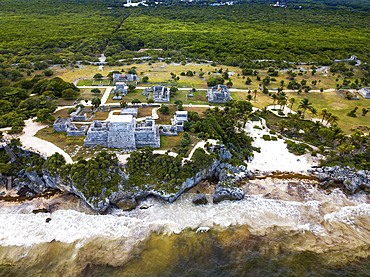
Aerial views of El Castillo and the Ruins of the Mayan temple grounds at Tulum, Quintana Roo, Yucatan, Mexico. Tulum is the site of a pre-Columbian Mayan walled city which served as a major port for Coba, in the Mexican state of Quintana Roo. The ruins are situated on 12 meter 39 ft tall cliffs along the east coast of the Yucatán Peninsula on the Caribbean Sea in the state of Quintana Roo, Mexico. Tulum was one of the last cities built and inhabited by the Maya; it was at its height between the 13th and 15th centuries and managed to survive about 70 years after the Spanish began occupying Mexico. Old World diseases brought by the Spanish settlers appear to have resulted in very high fatalities, disrupting the society, and eventually causing the city to be abandoned.
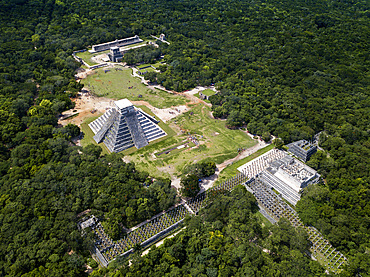
Aerial view of Mayan Ruin of Chichen Itza Archaeological Site Yucatan Peninsula, Quintana Roo, Caribbean Coast, Mexico
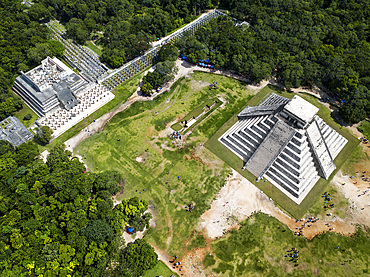
Aerial view of Mayan Ruin of Chichen Itza Archaeological Site Yucatan Peninsula, Quintana Roo, Caribbean Coast, Mexico
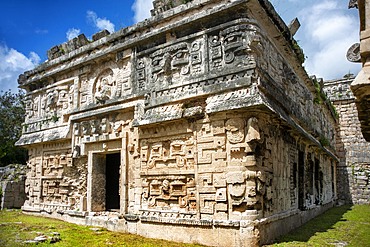
The Church and Nunnery at Chichen Itza Archaeological Site in Yucatan Peninsula, Quintana Roo, Caribbean Coast, Mexico
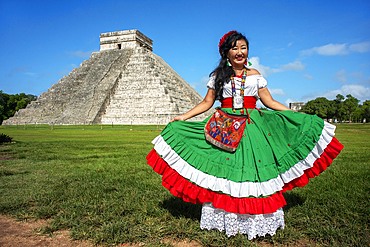
El Castillo, The Pyramid of Kukulkán, is the Most Popular Building in the UNESCO Mayan Ruin of Chichen Itza Archaeological Site Yucatan Peninsula, Quintana Roo, Caribbean Coast, Mexico. Asian tour leder dressed in a maya style.
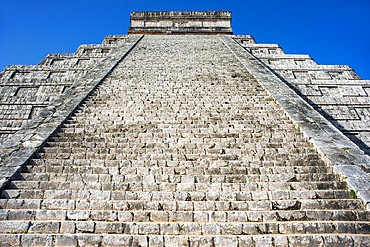
El Castillo, The Pyramid of Kukulkán, is the Most Popular Building in the UNESCO Mayan Ruin of Chichen Itza Archaeological Site Yucatan Peninsula, Quintana Roo, Caribbean Coast, Mexico
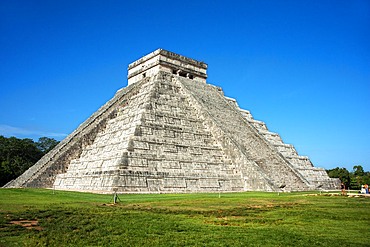
El Castillo, The Pyramid of Kukulkán, is the Most Popular Building in the UNESCO Mayan Ruin of Chichen Itza Archaeological Site Yucatan Peninsula, Quintana Roo, Caribbean Coast, Mexico
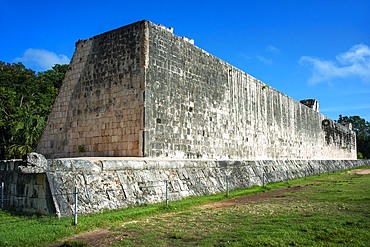
The Great Ball Court in the Mayan Ruins of Chichen Itza Archaeological Site Yucatan Peninsula, Quintana Roo, Caribbean Coast, Mexico
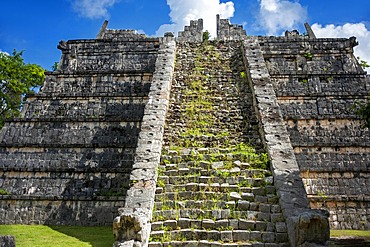
Stony stairs of tomb of the High Priest pyramid at Chichen Itza Archaeological Site in Yucatan Peninsula, Quintana Roo, Caribbean Coast, Mexico
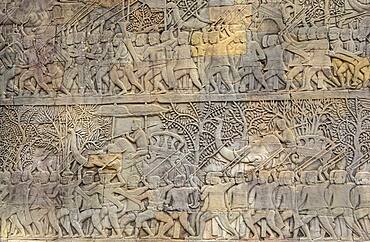
Representation, Ramayana epic, Bas-relief carvings, in Bayon temple, Angkor Thom, Angkor, Siem Reap, Cambodia
